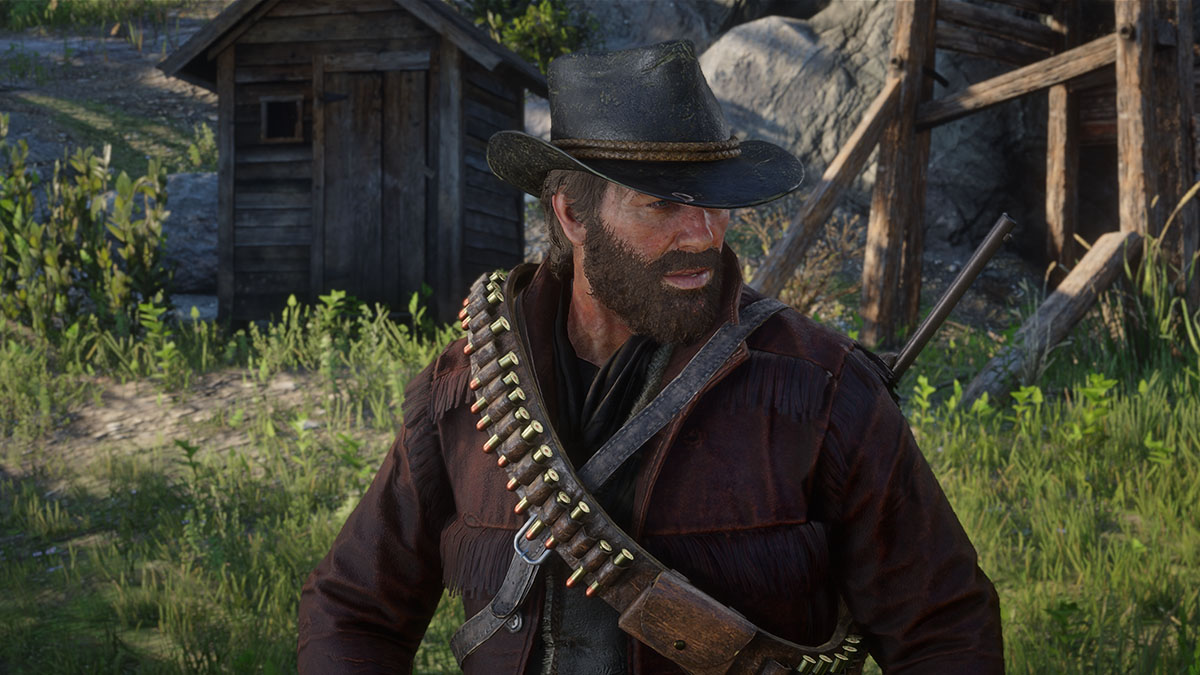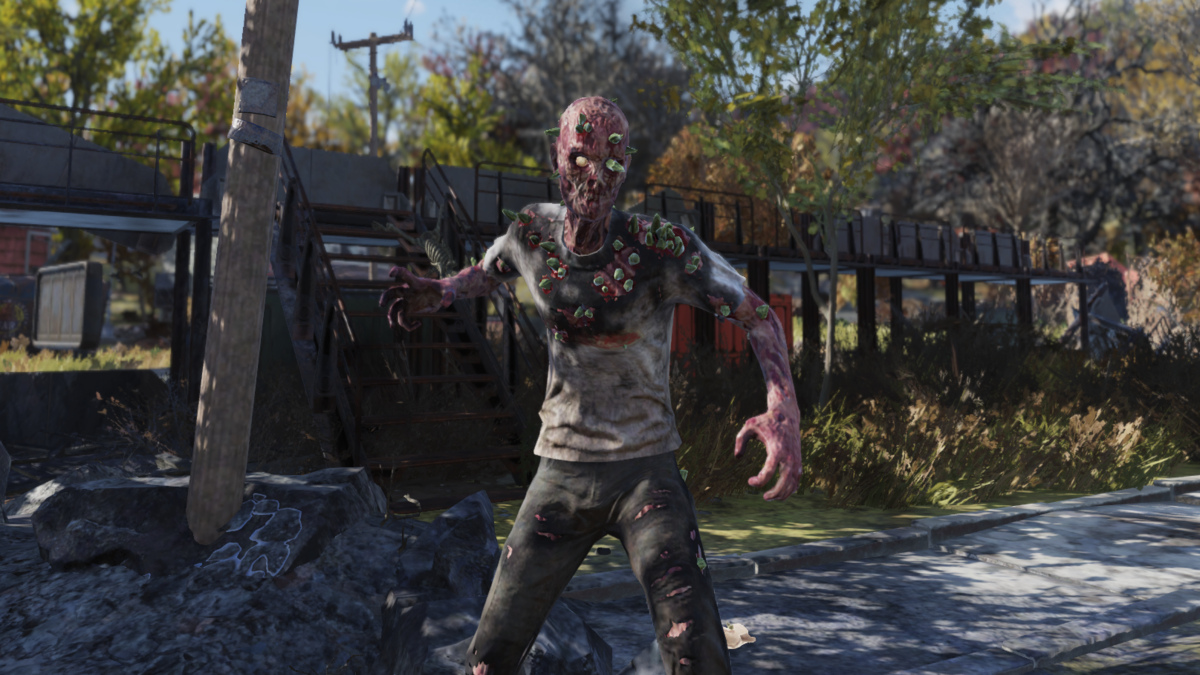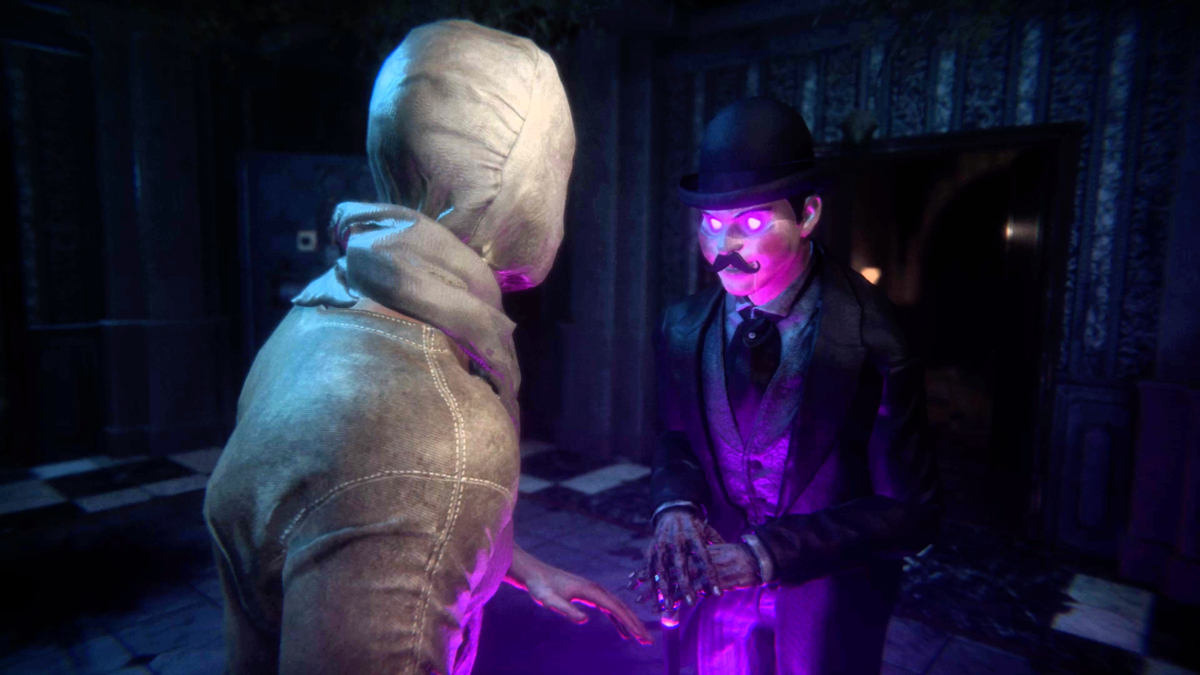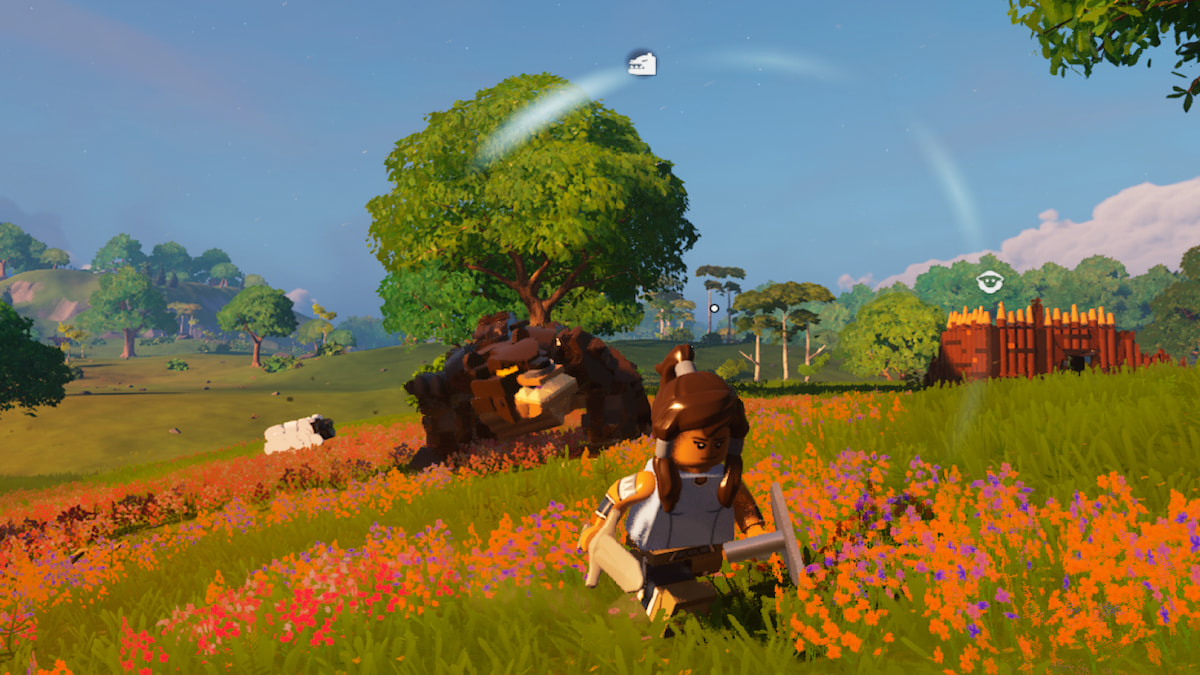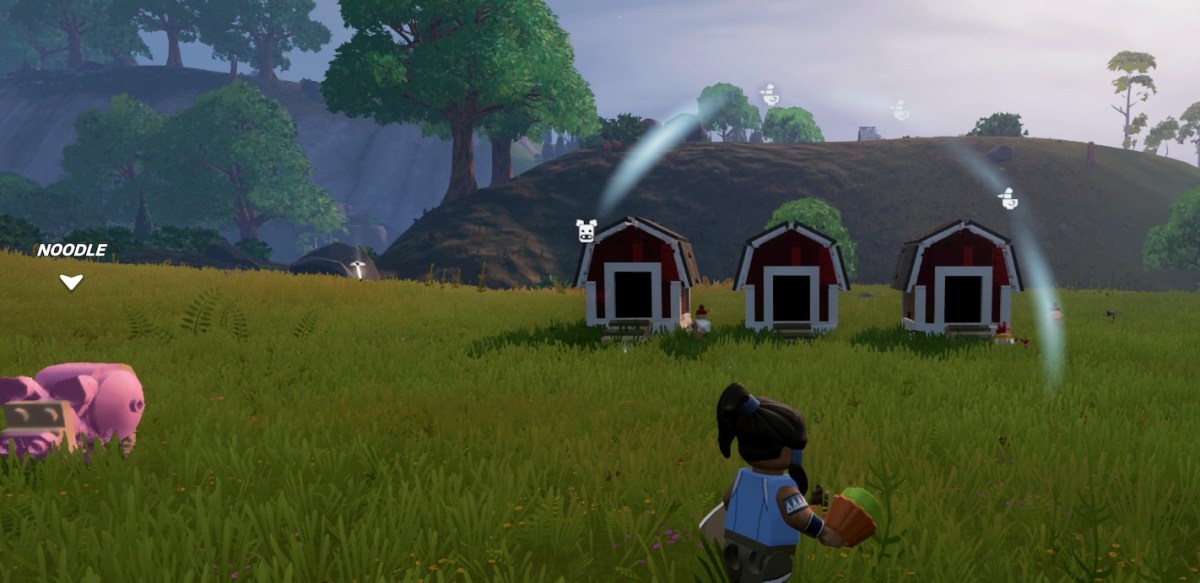Editor’s Note: We’re really excited to have Ben here from NativeX, sharing his experiences and expertise in the gaming industry!
For app developers, getting people to your app/game is your first and largest problem. After you obtain, purchase or organically get them to install you immediately hit your second largest problem. How do you hook them and keep them coming back? With all the screens fighting for our attention today, mobile developers have about 30 seconds to get the players’ attention. This is why tutorial design is so critical and often isn’t given the attention that it deserves.
Event track every step in the tutorial.
It’s important to know what first time players are doing. If you can understand what they’re doing then it’ll be easier to know what they’re thinking or feeling. This is why it’s critical to create events and track each one separately to help you understand if there’s a flaw with the information you’re providing, an action that’s too complicated or frustrating, etc. These steps will help you create a tutorial funnel. Anywhere there is a big drop off, there is also a problem.
There are 2 obvious problems here.
- There is a significant drop off early on which could mean a number of things such as; players didn’t like the context/theme/artwork of the game, perhaps the icon/description/screenshots were misleading or perhaps players just didn’t know how to get to the next section. If you’re walking players step by step through the tutorial (also known as gating) then the last scenario is unlikely.
- There’s another drop towards the end. It could be related to a technical issue, a login screen (e.g. Facebook) or player confusion with the UI or information presented.
Sometimes it’s difficult to determine the reason but you can always get an outsiders perspective to help you thinking outside of your own code. Just remember if you’re trying to fix a particular problem don’t implement too many changes, or it’ll be hard to understand which fix is solving the issue (or making it worse).
Alert players who haven’t completed the tutorial.
Local notifications are a great way to call players back to your app if they allow them. Local notifications can also be a great tool to remind players to come back to your game to finish a tutorial if they didn’t complete it. We all hope that players could make it through a 30 second to couple minute tutorial, but life happens. Perhaps they installed your game earlier and are just getting around to playing it while waiting in line somewhere.
You want to be able to remind those players that they haven’t fully experienced your game. Just remember not to be pushy or obnoxious with your alerts. There’s probably no reason to call them back more than once per day.
Show players how to make an IAP or spend premium currency.
If your game has a dual currency system (soft/hard or secondary/premium) then it’s great to show them how to use the premium or hard currency. You want players to understand the value of the premium currency and content so they’ll want it more. This is something good tutorials do. Great tutorials take it a step further and show players how to complete an in app purchase (IAP) in order to get that premium currency. They don’t make players’ spend real money in the tutorial. Instead they say something like “this one is on us.” This does two things;
- It’s instilling the perception that you’re being generous to players. Generosity creates a positive emotion with players, and you want those types of emotions or feelings associated with your game.
- It shows players the IAP screen. We all want our players to spend premium currency, but we want them to buy it even more. Explaining how to do something with players can work for a small percentage, but showing players how to do something is much more effective.
Give incentive them to stay and finish.
Many developers think their game is different or unique from others and we all hope our games become industry standards. However, the honest truth is most games incorporate mechanics that have been used in other games. If a player knows how, or thinks that they know how, to play your game then why force them to complete a tutorial if they don’t want to? I know we all want players to understand our games, but you may also drive off a percentage of players as well. This also helps instill the feeling of generosity like mentioned earlier and gives players a little “walking around money” to get started in your game.
This actually happened to me recently. I was playing a city building simulation game and I completely understood how to play the game, but I was forced to complete a long and tedious tutorial. I became annoyed, quit, uninstalled and never came back. If I knew there was an option to skip the tutorial I would’ve, and if it prompted me to stay and complete the tutorial for premium currency/content then that would’ve changed my mood altogether. I always complete tutorials if I know there is a premium reward at the end.
Shorten the tutorial or break it into smaller pieces.
You don’t have much time to show players how to play your game before they lose interest or feel overwhelmed. I know you’ve just spent a decent portion of your life dedicated to the story or world you were creating but not all players are interested in character development or storylines. It’s best to just show players how to play your game, and if you game has depth allow players to explore that depth on their own. The ones who are interested in that level of involvement will find it. Trust me.
Another way to shorten tutorials is to break them into smaller pieces. Show player how to do the bare minimum and get them into the action. Then when another area of the game is unlocked, or the player reaches a particular level, call in another short tutorial. Do this for all new mechanics or areas of your game when they appear versus in one sitting. It’ll get players into our game more quickly, and they’ll generally retain smaller chunks of information.
If you’d like to talk about this or any other ideas you can find me here at my blog, the NativeX blog or on Twitter.

